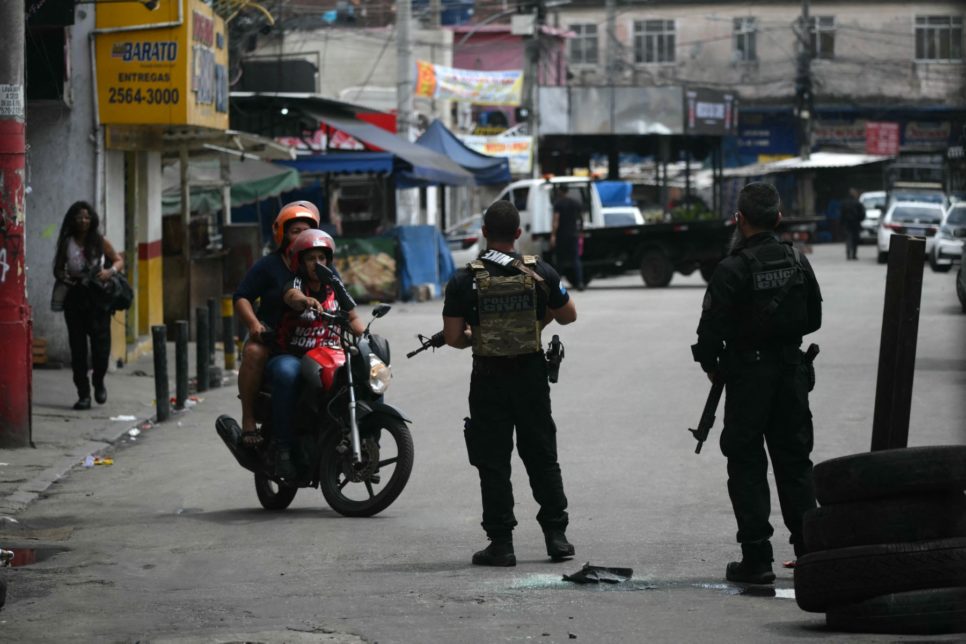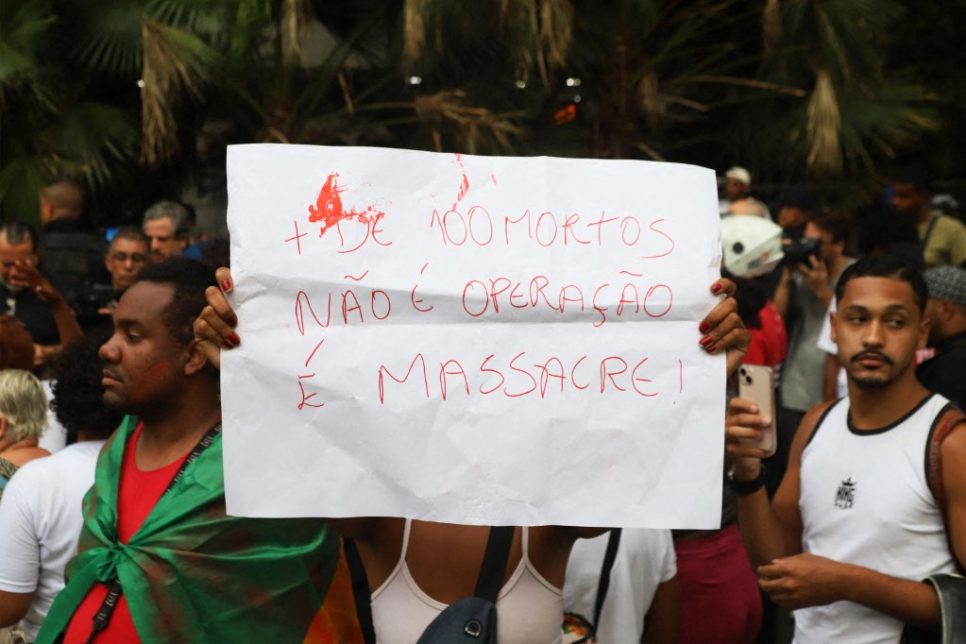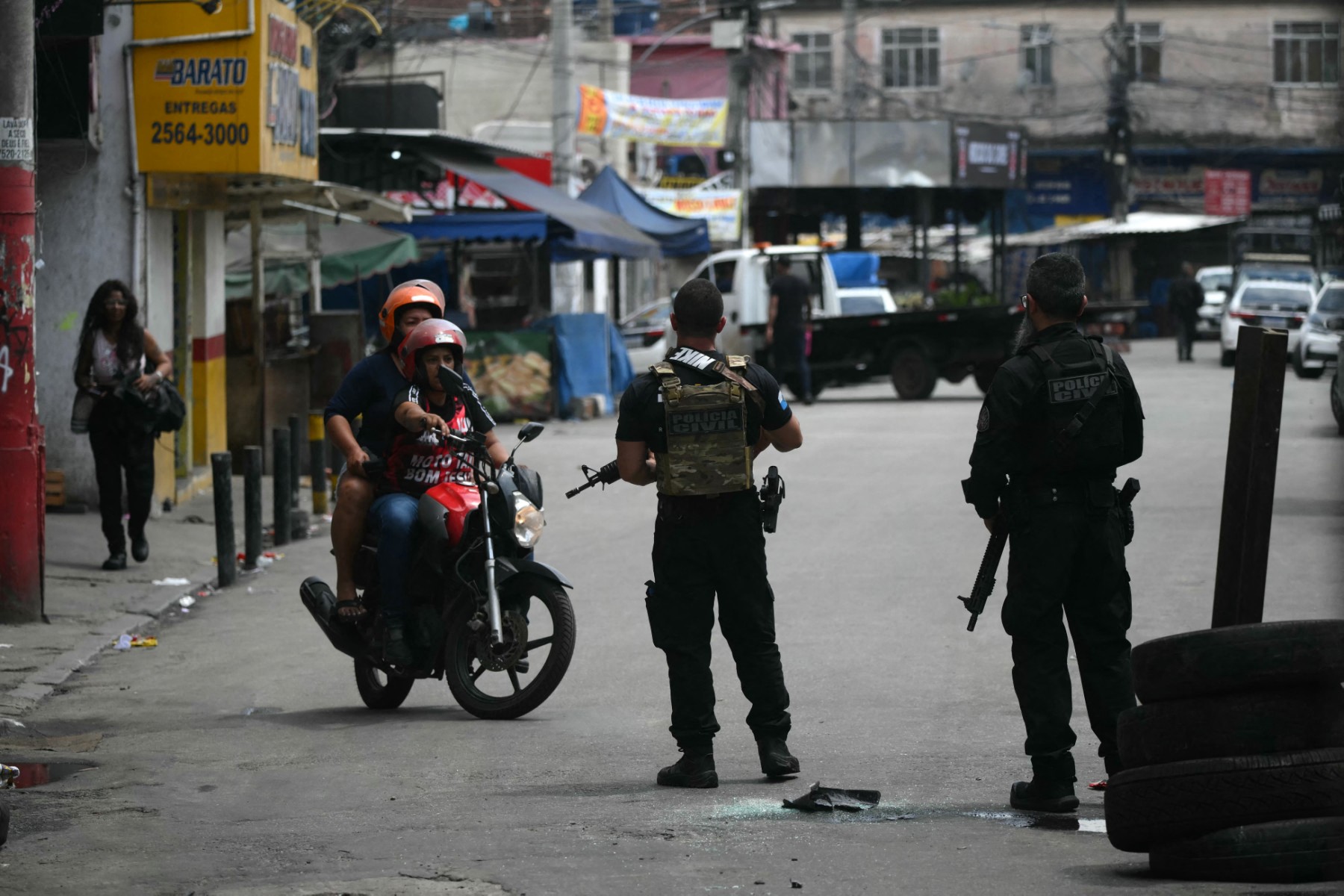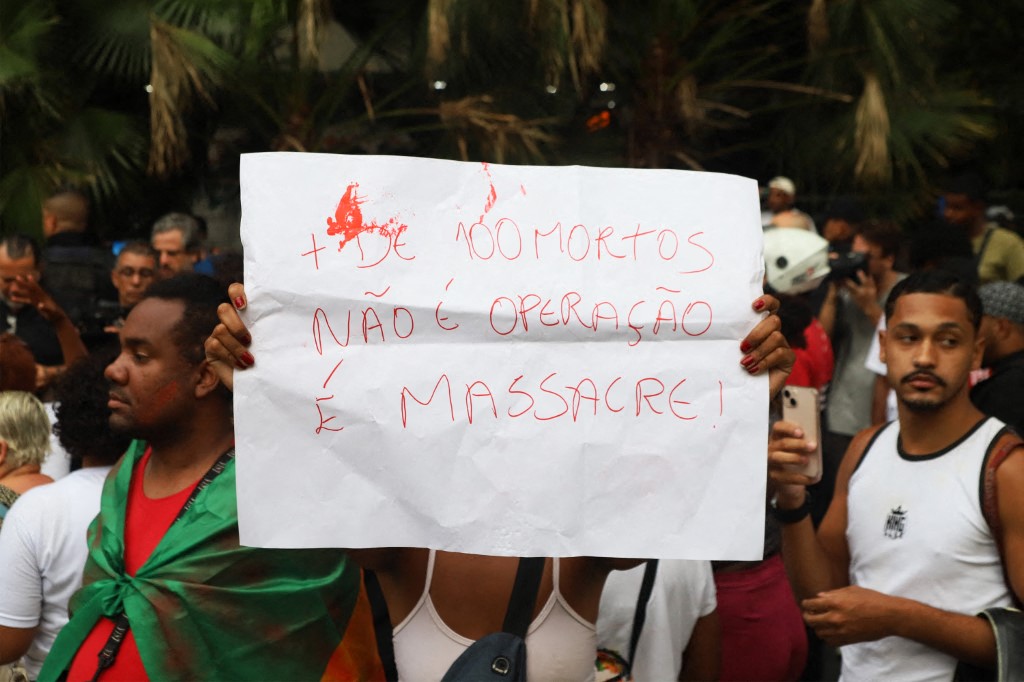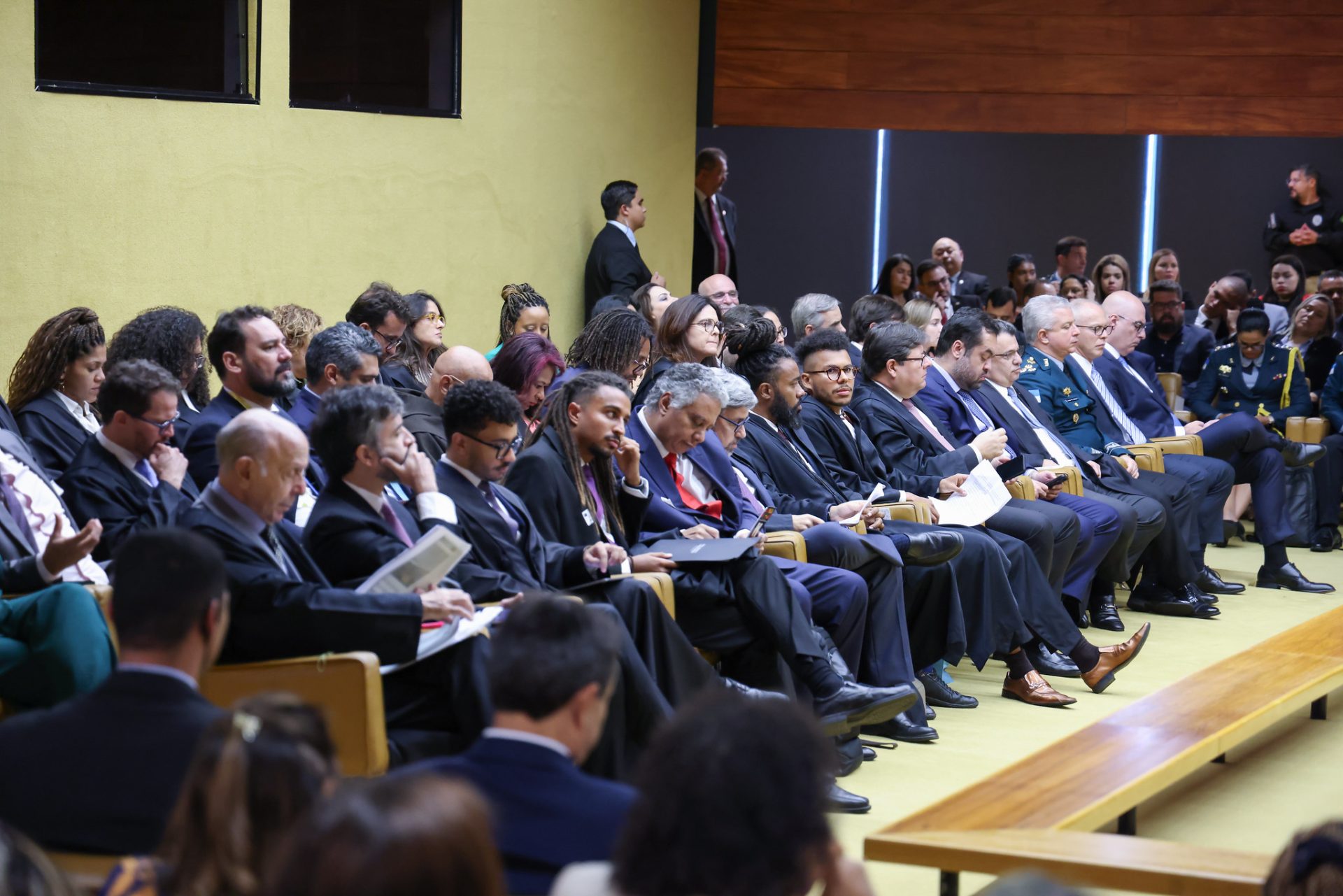Indigenous peoples in the pandemic: what the case in the Supreme Court represents
Association of Indigenous Peoples is asking for the federal government to take urgent steps to contain Covid-19 among indigenous populations
 Yanomami in a procession at a meeting of Yanomami and Yek’wana leaders in
November 2019. Photo: Victor Moriyama/ISA
Yanomami in a procession at a meeting of Yanomami and Yek’wana leaders in
November 2019. Photo: Victor Moriyama/ISA
On Wednesday, August 5, a full session of the Supreme Court upheld an injunction granted by Justice Luis Roberto Barroso that requires the federal government to adopt urgent measures to contain the spread of the pandemic in indigenous territories.
Drafted by APIB (Association of Indigenous Peoples of Brazil) in conjunction with the political parties PSB, PCdoB, PSOL, PT, REDE and PDT, the ADPF (Allegation of Violation of a Fundamental Precept) Case No. 709 asks the Judiciary to order the government to adopt measures to guarantee the protection of indigenous peoples in the context of the serious epidemiological crisis. The requests include the removal of trespassers from the indigenous lands of the Yanomami, Karipuna, Uru-EuWau-Wau, Kayapó, Araribóia, Munduruku and Trincheira Bacajá.
In early July, Justice Luis Roberto Barroso accepted some of the requests to safeguard the indigenous peoples during the pandemic. In his injunction, Barroso determined the creation of sanitation barriers around the isolated communities in order to prevent the spread of the virus, the creation of a situation room for the management of actions to stop the pandemic reaching isolated or recently contacted indigenous peoples, with the participation of the communities, through APIB, the Office of the Prosecutor- General and the Federal Public Defender’s Office, and the preparation and monitoring of a Plan to Combat Covid-19 for Brazilian Indigenous Peoples, with the participation of indigenous communities, among other measures.
Read more
The justice also ordered that the services of the Indigenous Health Subsystem be accessible to all indigenous villagers, regardless of whether their territories have been officially recognized.
This was the decision that was accepted by the full session of the Court on Wednesday.
The virtual judgment began on Monday, August 3, with the favorable vote of the rapporteur of the case, Justice Luis Roberto Barroso, accompanied by the statement of representatives of the petitioning institutions and amici curiae, and it was concluded on Wednesday, with the votes of the other justices.
Watch the full session below:
What the case represents
The simple fact that APIB, an indigenous organization, was recognized by the Supreme Court as legitimate to present this case is, in itself, a historic and significant achievement.
Until now, in addition to political parties, the Supreme Court has only accepted requests to hear similar cases from professional bodies, unions and other such organizations that are considered “trade associations” a term used in the Constitution to mean institutions that can file cases like these in the Supreme Court.
Barroso’s decision could set an important precedent for other organizations, such as those that represent women and LGBT rights advocates etc. to follow the same route.
Impacts of the decision
Data from APIB reveal that Brazil has already registered 599 deaths and 20,809 confirmed cases of Covid-19 among indigenous peoples throughout the country.
According to Funai (National Indian Foundation), there are 450 officially recognized indigenous territories and another 236 are in the stage of demarcation, declaration or study.
However, the petitioning organizations claim that both the Brazilian Constitution and Law No. 9,836/99 that establishes the Indigenous Healthcare Subsystem guarantee the offer of health services to these populations and that they do not make a distinction between demarcated and non-demarcated indigenous territories.
For the organizations, it is essential that the Court decision include public healthcare services without making these distinctions.
“The goals of ADPF Case No. 709 will have little reach if the analysis of the merit by the Court does not confirm that the scope of the decision on the provision of healthcare extends to areas that have not yet been definitively demarcated,” reads an excerpt of the request.
Removal of trespassers
The issue that caused the most disagreement in the Court was precisely one of the main points of the case filed by APIB and the political parties: the expulsion of trespassers from indigenous lands.
The petition asks the federal government to take steps to remove trespassers from seven indigenous lands: Yanomami, Karipuma, Uru-Eu-Wau-Wau, Kayapó, Araribóia, Mundukuru and Trincheira Bacajá. The organizations are also asking for a deadline be set for the removal plan to be implemented and the trespassers removed.
This was the point rejected by Barroso in his injunction in early July, when he accepted the other requests.
APIB had appealed this rejection, noting that “the risks to the health of indigenous peoples resulting from the presence and the criminal activities of trespassers are incomparably higher than an operation to remove these people. And these health risks possibly caused by removal operations can be minimized by the adoption of precautions, such as the prior testing and mandatory quarantine of the state agents involved in these operations.”
At Wednesday’s session of the Court, the justices Alexandre de Moraes, Rosa Weber and Gilmar Mendes said that the government should establish a removal plan, but did not set a time frame.
Justices Edson Fachin and Lewandowski, meanwhile, argued that the Court should establish a deadline for carrying out the actions to remove trespassers. However, they differed on the deadlines: Fachin proposed giving the government 60 days from the date of the approval of the removal plan, while Lewandowski recommended giving the government 120 days to present this plan.
